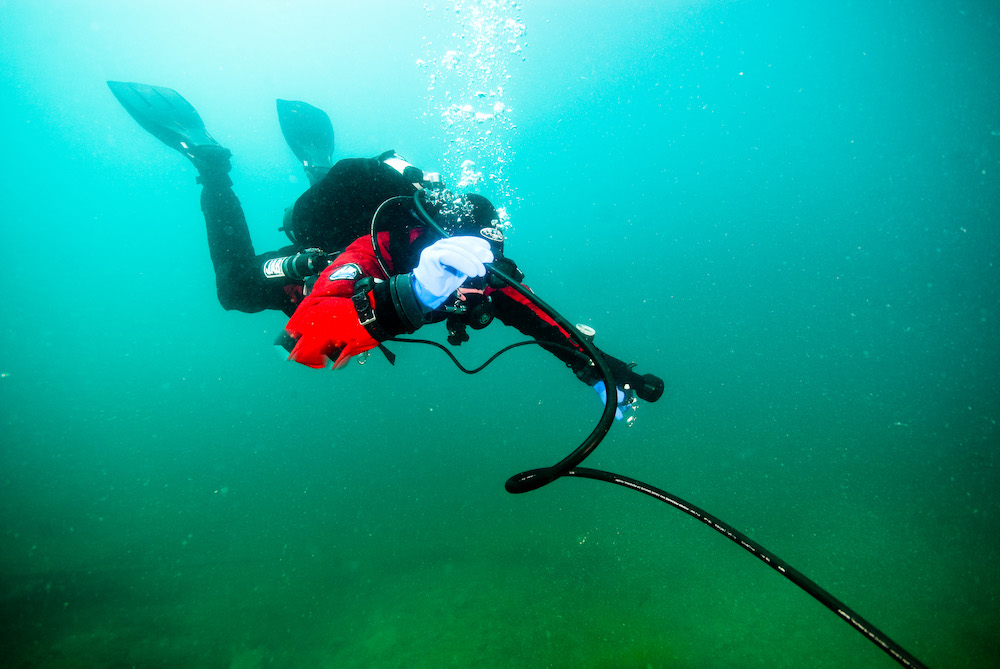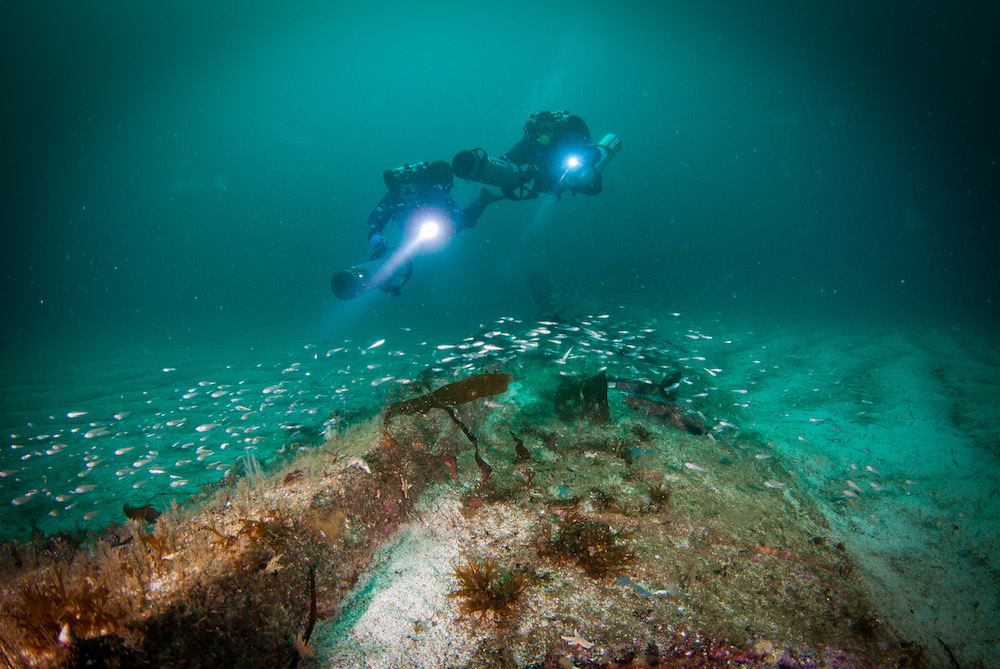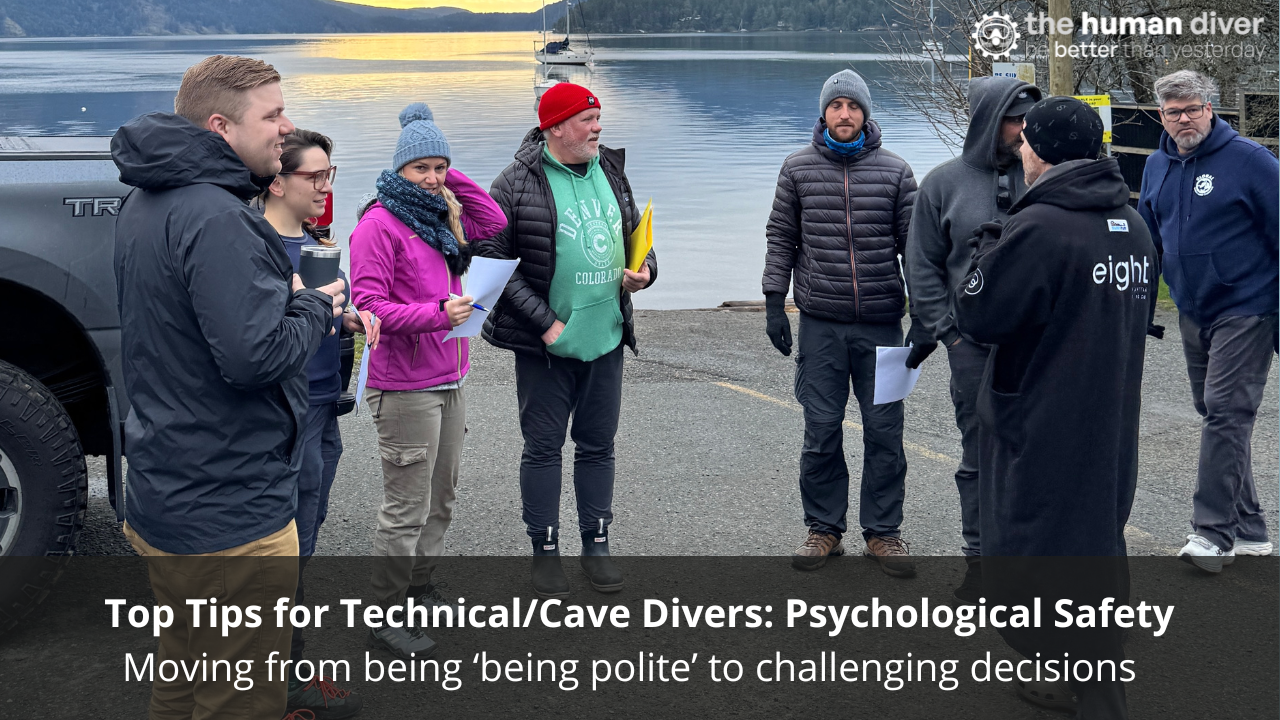
The problem with bringing Human Factors into Diving is...
Jun 24, 2022Human Factors!
‘Human factors’ is a huge topic. It is a scientific discipline that covers many different sorts of activities depending on where you are:
- Anthropometrics – how the human body fits or works with physical design.
- Cognitive psychology – how we make sense of the world and ‘make choices’.
- Non-Technical Skills – how we interact at a team level with the goal of creating a shared mental model of the situation.
- Organisational design – how we design organisations and teams to achieve the explicit and implied goals.
- Culture influences – how is culture created, from the small team all the way to national cultures and what does this mean for safety and performance
All of these could be simplified to “Making it easier to do the right thing and harder to do the wrong thing.” and herein lies the first example of the problem of “factors of the human” – we like to simplify things. For example, when diving incidents or accidents have occurred in the past, it used to be normal to say, ‘Diver error’ or ‘Stupid diver’ or ‘Reckless diver’ because that was all we knew. Fortunately, we are now seeing that some of the language is changing and we look to understand ‘local rationality’ or ‘how did it make sense for them to do what they did?’
Human factors has often been simplified to the use of checklists and doing 'Crew Resource Management' - it is much wider than that and one of the reasons I have been moving from HF in Diving to Non-Techincal Skills in Diving as the community knowledge has grown.
Efficient or Lazy?
Simplification is normal human behaviour. As humans we are cognitively efficient – we don’t like to spend mental energy when we don’t have to. In the human factors domain, these simplifications are known as biases or heuristics. They are the mental shortcuts we take that allow us to use previous knowledge and experience to make an ‘educated guess’ as to what is going to happen next without spending lots of mental energy understanding and then solving the problem.
This short video of a sketch can show this in action.
Because we know what the image is supposed to end up looking like, even when we have an incomplete set of information (final sketch), we can make a good guess as to what it was supposed to be. However, if we were only presented with the final sketch without any context, it is unlikely anyone would get it right. There aren’t the patterns to match to allow us to take the mental shortcuts.
Thinking of shortcuts, I often challenge students in my human factors classes to explain the difference between cognitive efficiency and complacency. Eventually, we get around to the point that it requires a negative outcome for something to be considered complacent, but with positive outcomes, we often think that is efficient!
Simplification happens all the time and the next few sections of the article provide some examples to demonstrate the point.

Diver Out of Gas:
A diver, over a series of dives, reduces the frequency that they check their SPG until one day they haven’t checked their gas all dive. Nothing goes wrong on that dive because the depth/time profiles have been broadly the same. Fast forward a couple of weeks at the same location doing the same thing before they go somewhere new. The depth is now deeper and there is a stronger current, but they haven’t picked up the implications. They don’t check their gas and this time, when it comes to the end of the ‘normal’ bottom time, they are out of gas and have to do a breath-hold swim to their buddy and complete a gas-sharing ascent. On the surface, they consider it as ‘Just one of those things’ and chalk it up to ‘experience’.
The simple answer would be that they ran out of gas because they weren’t monitoring it. However, if we look deeper, there are multiple gaps in initial knowledge/learning and drift over time. This starts from not having a good gas planning process, the lack of an effective debrief that looked at how much gas they were using on a dive, not being trained to project how long their gas would last at depth given their expected or current consumption rate at depth, and they are used to the same depth/time dive profiles on their dives and not recognising the impact of the change in environment.
This example has no doubt been repeated hundreds of times around the globe, just this year alone. But because they didn’t end as a fatality, they weren’t reported, and the community didn’t hear about them.
This leads us to the next example of simplification.

How bad was that?!
Outcome and severity biases lead us to focus on the most severe events and lead us away from what ‘normal’ looks like. The more severe the outcome, the more we, and the media, share the stories. Two divers died this week in Buford Springs Cave, FL. I am not going to comment on this event as I don’t have enough information. However, what I am going to mention is the number of times that this event was spread across social media in the last couple of days - the social media algorithms promote bad news over good news. How many near misses like this have occurred prior to this fatality? Unfortunately, the accident/incident data in the diving sector is poor, so we have no idea! What we do know from modern safety research is that there is rarely any causation between near misses and fatalities. There might be some correlation, but correlation does not equal causation.
When we observe or hear about adverse events, especially fatalities, we often invoke two more biases that prevent our learning. The Fundamental Attribution Bias leads us to look at the attributes and behaviours of the individual rather than the situational factors, or the context. Even though diving is a risky activity, there are very few people who intentionally plan on injuring or killing someone, especially themselves. Therefore, there will be a huge amount of context we have to dig into and we will likely find similar conditions to when we dive - it is these error-producing conditions we should be looking at. The other bias that prevents us from learning is called ‘distancing through differencing’, where we observe something and decide that we are different to that individual, and therefore wouldn’t make the same mistake, lapse, slip or ‘violation’.
And this is the final area of simplification I am going to cover.

Who was last to touch it?
If the metric of safety is the number of dead divers but we don’t understand how many dives occur or how many near misses take place, then surely the system for measuring safety is flawed? This type of metric is known as a lagging indicator and doesn’t help us manage safety effectively. Evidence of success in the past i.e., no accidents, provides no reliable indication of success in the future.
But, if we just focus on the individual diver and their errant behaviours, we don’t have to look at the wider system in which they are operating and address those interdependent problems. A system which is made up of divers, instructors, teams, dive centres, equipment manufacturers, training agencies, insurance companies, boat skippers/operators, hyperbaric chambers, dive sites…the sort of stuff that rarely gets captured in any diving incident reporting or analysis system.
So, rather than 'fixing' the closest factors, the proximal causes, to hopefully stop adverse events from occurring in the future, why not focus on the knowledge, skills and attitudes that lead to successful outcomes and emphasise those during training and ‘fun dives’? In effect, non-technical skills are the ‘glue’ that holds the technical skills together and allows us to deal with the uncertainty we face when diving.
You might wonder why we shouldn't focus on the proximal causes. This is because each event will have a history, a history that will be unique. Telling people to 'be careful', 'try harder', 'pay more attention' or 'be safe' doesn't help influence changes in behaviour. It makes us feel good, but rarely adds value!
The ‘Right Stuff’
If we are going to focus on the ‘right stuff’, there is a potential problem - the commercial pressures that exist in the diving sector. Diving is a recreational, discretionary activity, where divers spend their own time and money to achieve an outcome. This means that they would like to have a perceived return of investment, be that new skills or to visit a new or favourite dive site.
Diver training is mainly focused on skills acquisition (greater depth, different breathing gases, new equipment like CCR or DPV or dSMB, instructor development etc) and rarely does it focus on the non-technical skills. These non-technical skills are what separates ‘good’ divers from ‘bad’ divers – whatever ‘good’ and ‘bad’ mean. Without formal training, it comes through experience, by making mistakes and learning from them. However, this experience is done at the individual level, not at the organisational level. What interest does an organisation have in creating a training course that is longer, costs more, and therefore a smaller market interest if they include human factors and non-technical skills? Not much.
Training agencies make money and sustain their businesses by selling courses and developing instructors. Therefore, what organisational value is there for developing, at the individual diver level, better decision-making, improved communication, more effective leadership and teamwork, or increased awareness of your surroundings? Commercially, a difficult argument to make and so this is an ethical or moral one, not a financial one…
Creating change at the individual level is not easy because the status quo bias is strong. Why change anything when what I am doing isn't leading to near-misses, incidents or accidents? The research shows that for change to even be considered, there needs to be 2.5-3x the PERCEIVED benefit before a change is even considered. Divers don't buy safety, they buy shiny stuff and experiences. Increased performance might sell, but only if divers have an attitude surrounding continuous improvement.

There are positive outcomes
I’d like to close with one ROI I had from a previous graduate. They were diving at a high-current dive site which required trimix because of the depth and they were on their DPV. After a few minor problems on the way to the site location, failures/problems they would have previously carried on with, they turned the dive. They put this decision down to the attitude that had been developed during a human factors in diving course with me. A decision that may have saved their life as another diver in a similar situation with similar gear didn’t turn it and lost their life. However, remember that correlation is not causation! And here lies the problem with showing the genuine value of non-technical skills in a complex environment, was the positive outcome down to a human factors approach or to luck?
Non-technical skills have their value in ‘normal’ dive operations to improve the flow of the dive and its enjoyment. However, they have their real benefit when the proverbial hits the fan and clearer, more effective decisions are made because there is a shared mental model within the team, or a clearer model if you are on your own.
What is the ROI on that? When nothing bad happens? Like it does most of the time? Not a lot. When a close call happens, and you survive? A massive amount. Unfortunately, our biases and heuristics don’t think that way and so we stay with the status quo.
You can start your learning journey with the Essentials class, which only has a $97/3.5 hour commitment, but will provide you with a new insight into performance and safety. If you don't perceive that is worthwhile, commit to watching 'If Only...' which is only 34 mins of your time and it is free.

Gareth Lock is the owner of The Human Diver, a niche company focused on educating and developing divers, instructors and related teams to be high-performing. If you'd like to deepen your diving experience, consider taking the online introduction course which will change your attitude towards diving because safety is your perception, visit the website.
Want to learn more about this article or have questions? Contact us.











